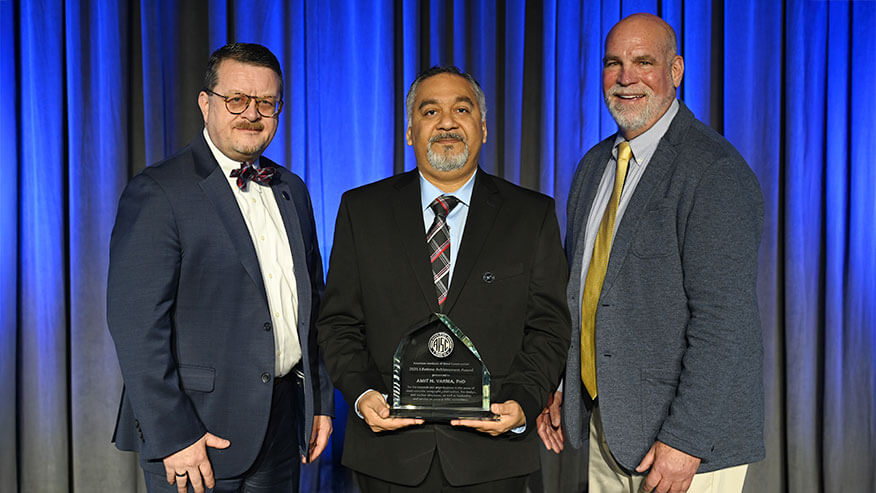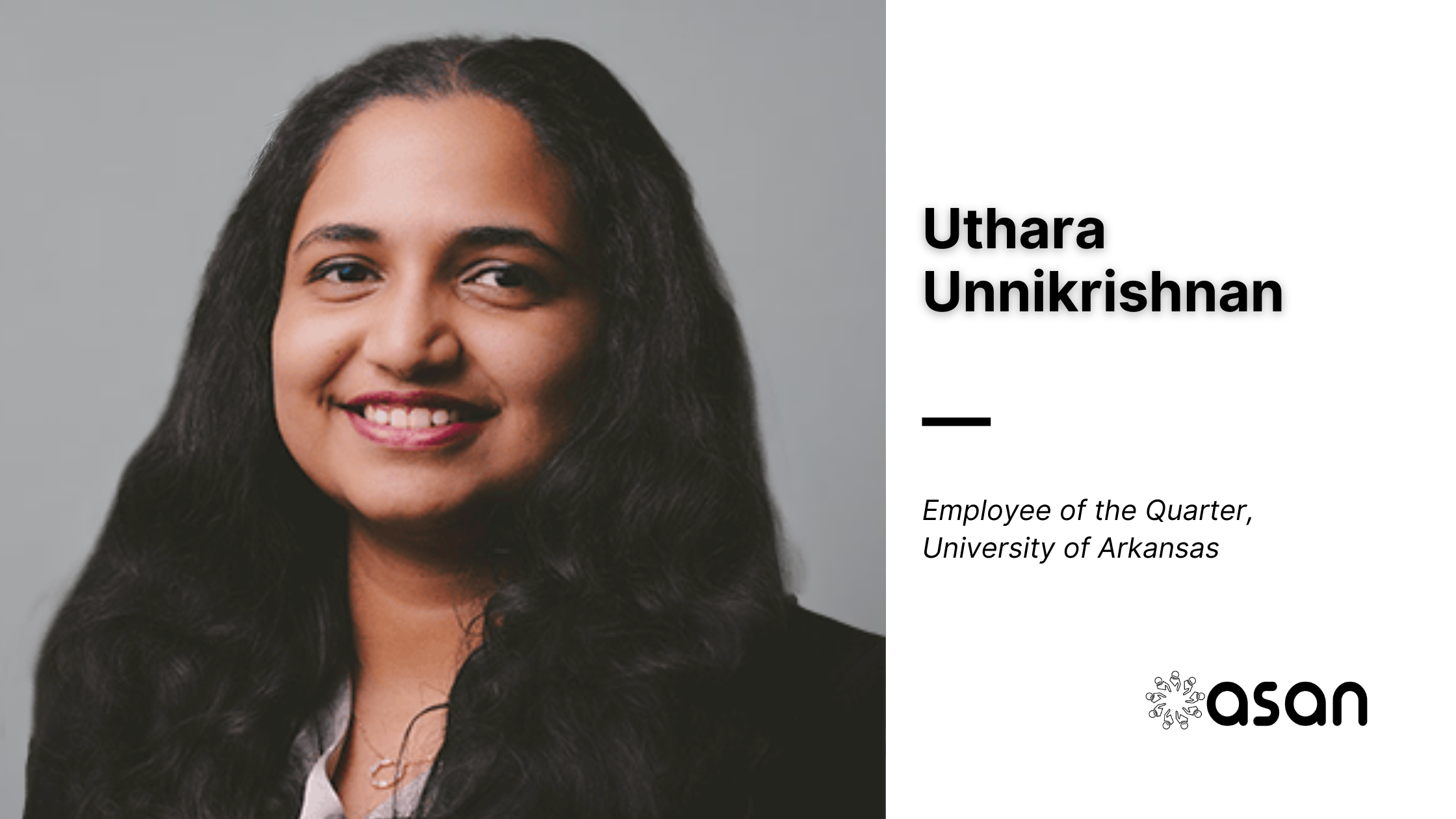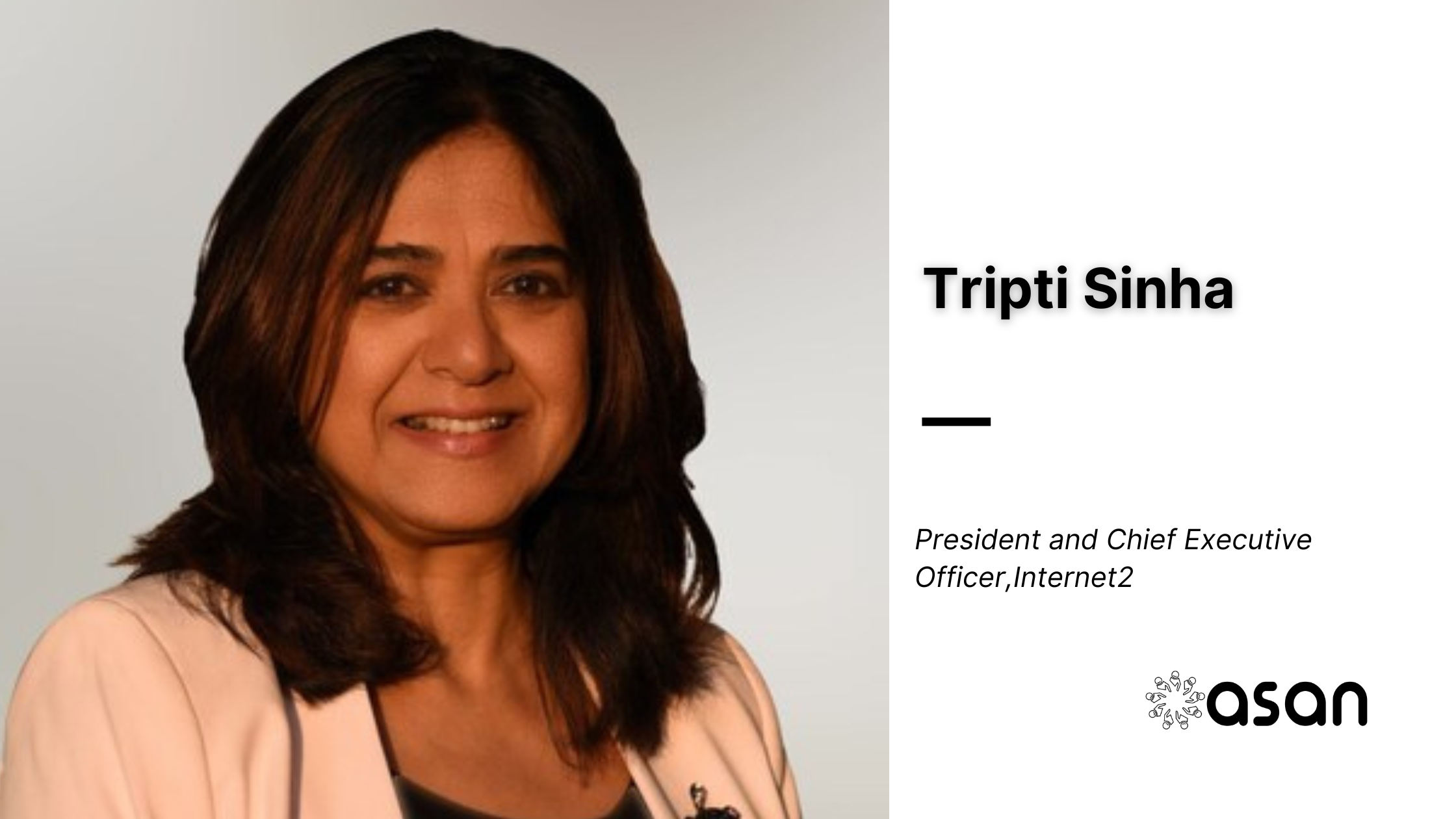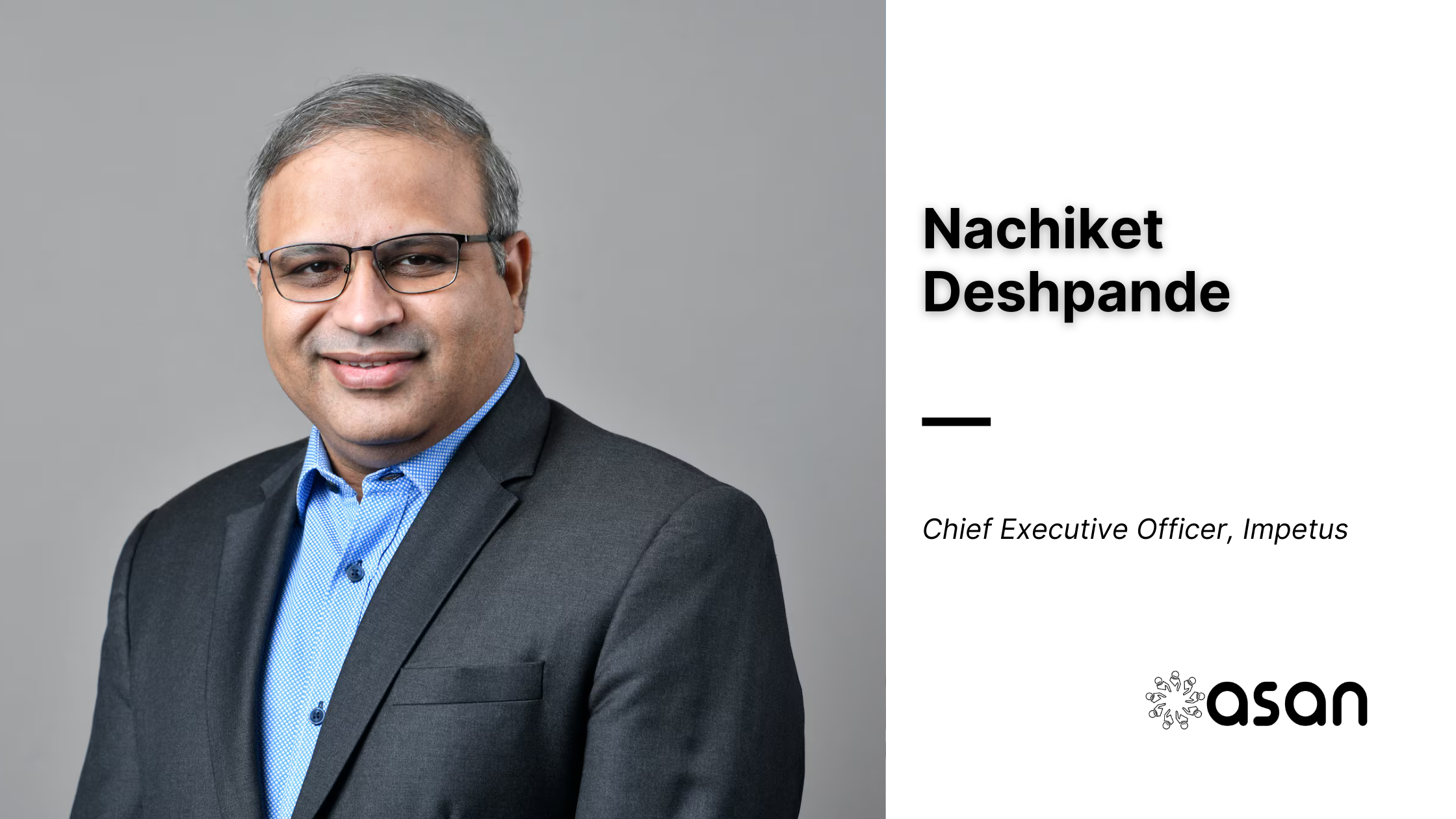The American Institute of Steel Construction (AISC) has honored Dr. Amit Varma, a globally respected civil engineer of Indian origin, with its Lifetime Achievement Award.
This award recognizes his transformative impact on the field of structural engineering, particularly in steel-concrete composite design, nuclear infrastructure, and resilient construction.
Currently serving as the Karl H. Kettelhut Professor of Civil Engineering in the Lyles School of Civil and Construction Engineering and the Executive Director of the Purdue Applied Research Institute Infrastructure & Innovation Lab (PIIL) at Purdue University, Dr. Varma has spent over two decades redefining how steel and concrete are used together to create safer, more efficient structures.
Innovator in Composite Construction
Dr. Varma’s pioneering work in steel-plate composite systems has merged the best attributes of steel, lightweight strength, and ductility, with the mass, damping, and fire resistance of concrete.
This hybrid approach has revolutionized the construction of large-scale infrastructure, allowing for modular construction methods that are faster, safer, and more cost-effective.
“Steel-plate composites are truly the best of both worlds,” said Varma. “You’re efficiently combining the lightweight, strength and ductility of steel with the mass, stiffness, damping and fire resistance of concrete.”
These innovations have not only led to successful regulatory approvals for high-profile projects such as a nuclear power plant in Georgia and high-rise buildings in Seattle and San Jose, but also helped modernize global design codes governing fire-resilient, wind-resistant, and seismic structures.

A Lifelong Journey of Impact
Born in Mumbai, India, Dr. Varma earned his B.Tech from IIT Bombay, followed by an M.S. from the University of Oklahoma, and a Ph.D. in Civil Engineering from Lehigh University.
Early in his career, he became captivated by the creative potential of combining steel and concrete in structural systems and the critical importance of writing codes that guide real-world construction.
Since joining Purdue in 2004, following a stint at Michigan State University, he has led the charge in creating practical, validated building solutions.
Under his leadership, PIIL has become a leading innovation lab, collaborating with government and industry to test and scale next-generation infrastructure systems for energy, defense, and civil applications.
Influence on Codes and the Industry
Varma’s work has directly shaped U.S. national building codes as well as international design standards, particularly for:
- Structures in wind-governed and non-seismic zones
- High-seismic zone buildings
- Fire-resilient steel and composite systems
His team has also published design provisions that guide the structural engineering industry in adopting modular and performance-based methods for composite construction.
“When it comes to steel-concrete composites, creativity and innovation are at the heart of the solution,” said Varma. “At the same time, working with familiar materials allows the industry to move forward with reduced risk and increased confidence.”
AISC’s Enduring Recognition
Dr. Varma’s relationship with AISC spans over two decades, beginning with the Milek Fellowship in 2004. Since then, he has received:
- Special Achievement Awards (2017, 2020) for licensing next-gen nuclear plant designs and developing the SpeedCore system
- The T.R. Higgins Lectureship Award (2021–22), where he delivered a landmark lecture titled “SpeedCore and Steel-Concrete Composite Construction: The Best of Both Worlds”
“Amit has been contributing to AISC since 2004,” said Charlie Carter, AISC President. “That started a long trail of accomplishments as he became a world-renowned researcher in steel, composite design and design for earthquakes, wind and fire. AISC is proud to recognize Amit for his outstanding accomplishments.”
A Legacy of Innovation and Excellence
With this latest Lifetime Achievement Award, Dr. Amit Varma’s career stands as a testament to the power of interdisciplinary innovation, academic rigor, and collaboration between industry and academia.
His work continues to influence how cities and nations build safer, stronger, and smarter infrastructure in the 21st century and beyond.



